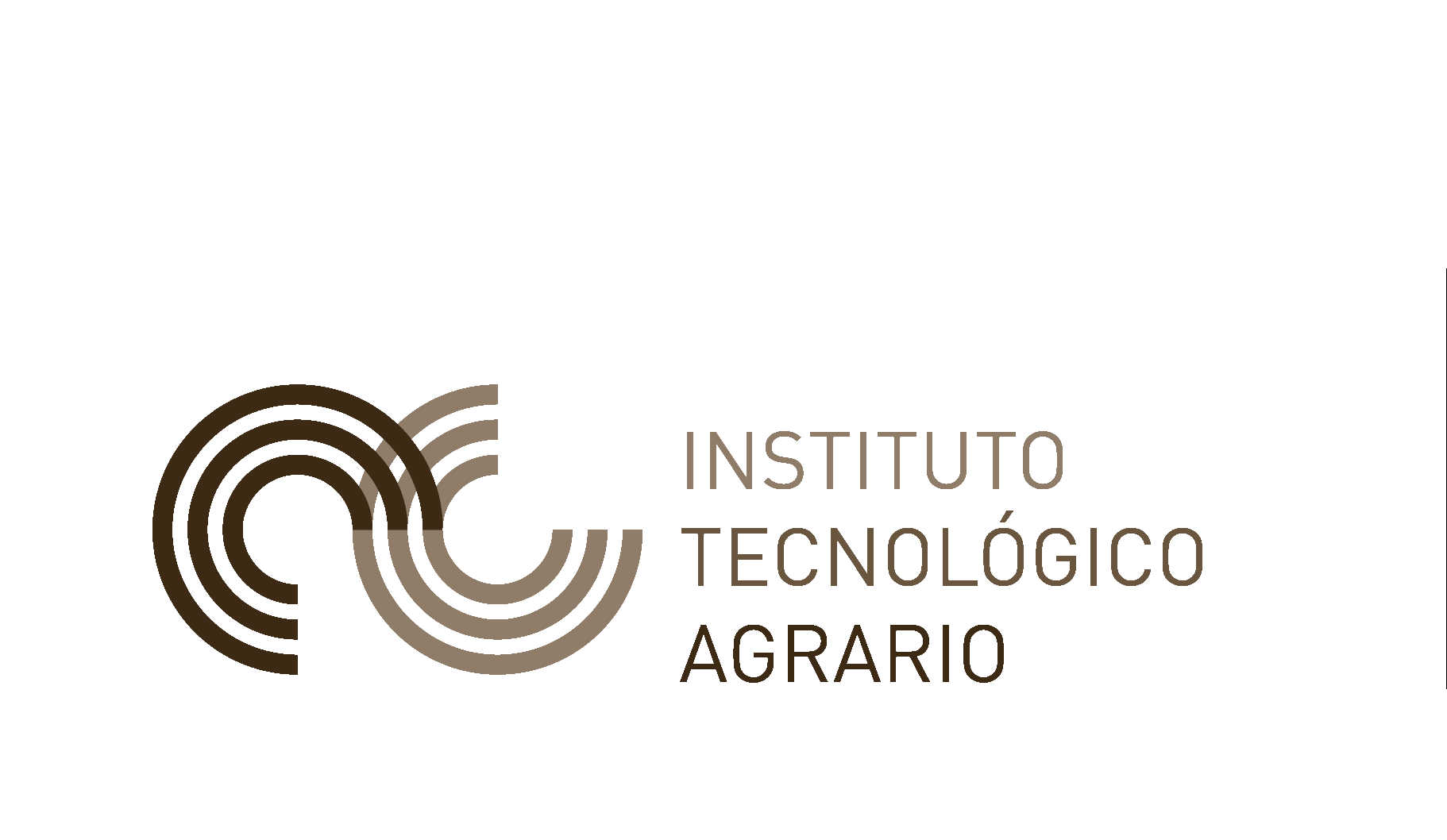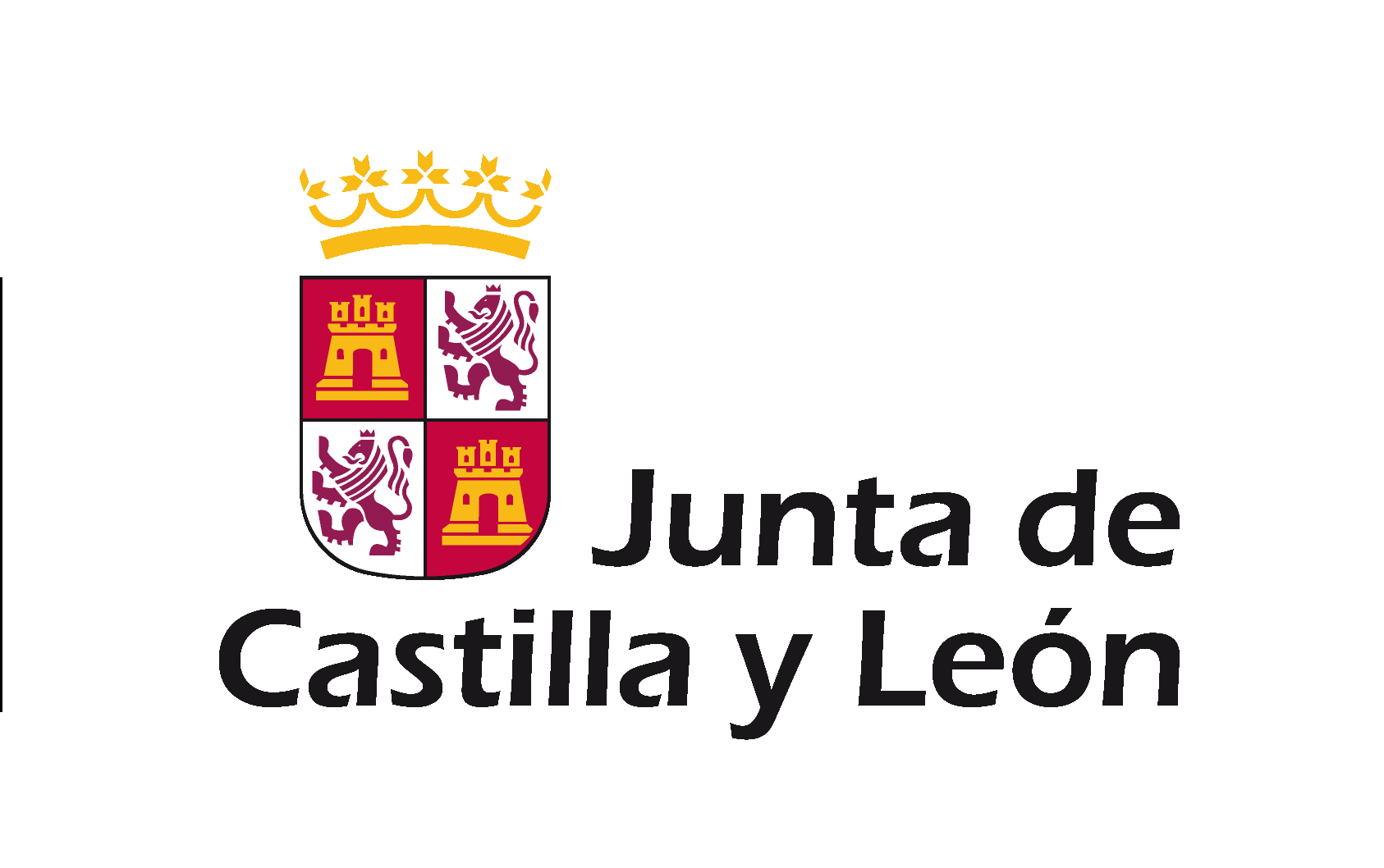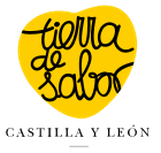STUDY OF NOVEL CARBOHYDRATE SOURCES ON RAINBOW TROUT (ONCORHYNCHUS MYKISS) DIETS
Tesis doctorales
Tesis doctorales
Publicador de contenidos
STUDY OF NOVEL CARBOHYDRATE SOURCES ON RAINBOW TROUT (ONCORHYNCHUS MYKISS) DIETS
Fecha de publicación: 2018
Tipo de publicación:
Tesis doctoral
Autor:
Julia Pinedo Gil
Lugar de publicación:
https://www.educacion.gob.es/teseo/mostrarRef.do?ref=442674
Resumen:
The current Doctoral Thesis used barley and red beet as alternative carbohydrate sources in rainbow trout diets. The aim was to evaluate their effect on productive, histological and morphometric parameters, their effect on biochemical indexes after an acute stress and their effect on the quality of rainbow trout (Oncorhynchus mykiss).
The different markers studied were the same in the barley and red beet experiments. In the barley experiment, increasing concentrations of barley (0-32%) were used in the diet, starting with an average weight of 127.72 ± 5.65 g and ending when they reached commercial weight after 84 days. In the red beet experiment, two red beet levels (14% and 28%) and two betaine levels (0.9% and 1.63%) were used, starting with an average weight of 69 ± 2.2 g and finishing when they reached commercial weight at the end of 105 days.
The inclusion of barley in rainbow trout diets did not show significant differences in growth and biometric parameters. While the inclusion of 14% of red beet and 0.9% betaine did not affect growth, nutritive or biometric parameters and nutrient retentions compared to control, higher red beet and betaine concentrations showed a negative effect.
When the histological and morphometric parameters were studied in liver and intestine, the results showed that fish fed at high barley concentrations showed smaller hepatocytes than control, while hepatocytes were larger in fish fed with red beet and betaine than control, however, in both cases, the liver had a lower level of vacuolization. Barley inclusion at 8% produced a negative effect at intestine morphological level; however, no effects were observed with the inclusion of red beet.
Fish were submitted to stress, a lack of oxygen and increased of fish density, during 10 minutes. The results showed that at basal levels, the inclusion of barley and red beet did not cause any change in cortisol, glucose and MDA levels, although basal lactate values were significantly lower in the fish fed with red beet and betaine. Thirty minutes after stress the concentration of cortisol, glucose and lactate increased significantly in the fish of all groups and the concentration of MDA decreased. The inclusion of barley showed lower cortisol, glucose and lactate values than control.
When fish reached commercial weight, the quality of the fillets and antioxidant properties were analysed. In both trials, fish fed with the experimental ingredients showed lower water activity values and textural and colour properties were enhanced. Red beet and betaine inclusion did not show any effect on the oxidative parameters of the fillets, while the inclusion of barley showed an inhibitory effect on fillets lipid oxidation. Concentrations of barley above 8% improved the antioxidant activity of the fillets and increased the content of alpha-tocopherol, however, fish fed with red beet and betaine showed a higher content of flavonoids and phenolics but no effect on the antioxidant properties of the fillet.
Finally, when the sensory analysis was carried out, it was observed that fish fed diets with more than 8% barley showed redder gills and better texture than control, in addition to a more intense red colour of the fillet, these characteristics are correlated with an improvement of fish freshness. However, the inclusion of barley or red beet in rainbow trout diets had no effect on the acceptability of fillets.


